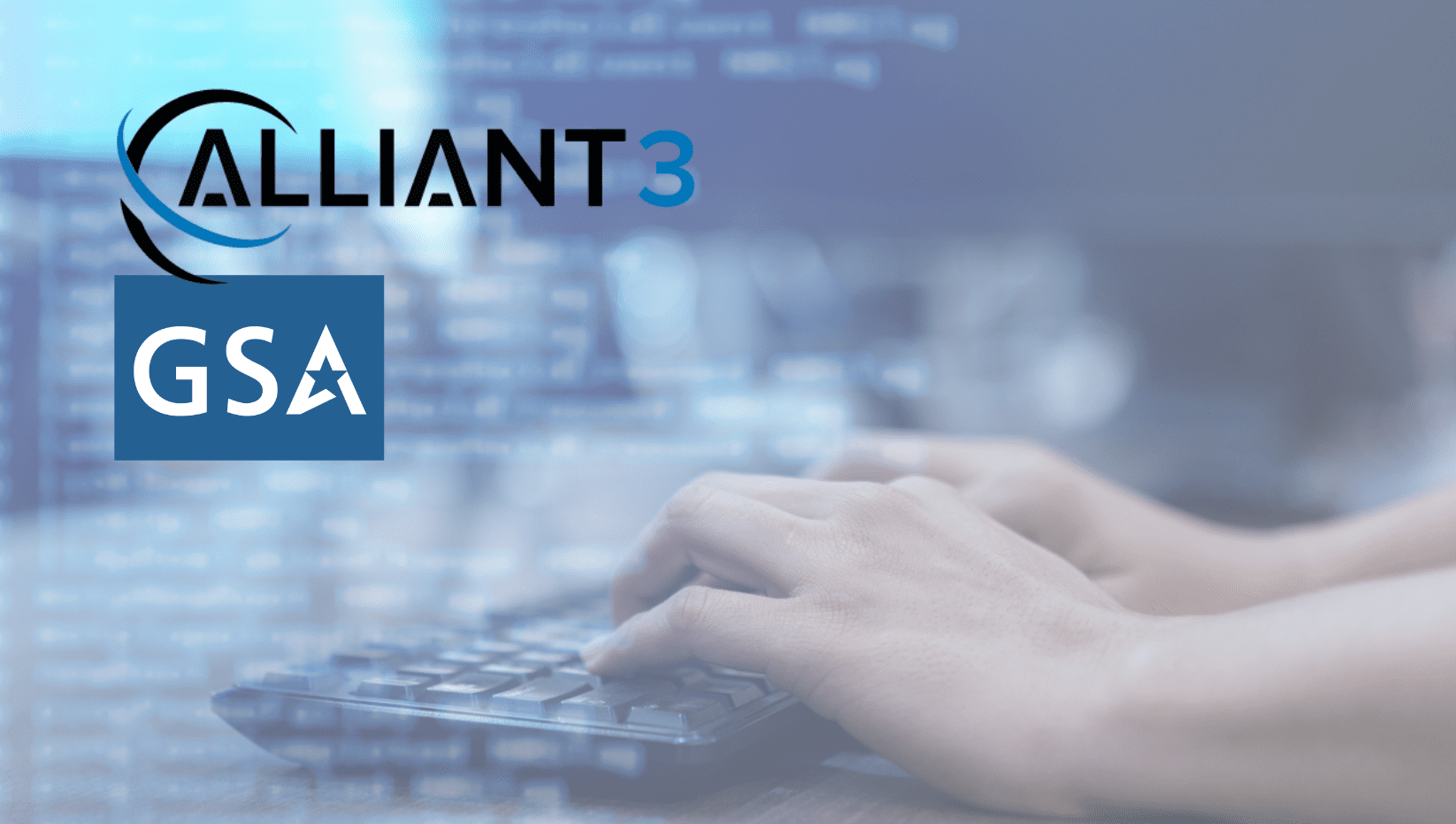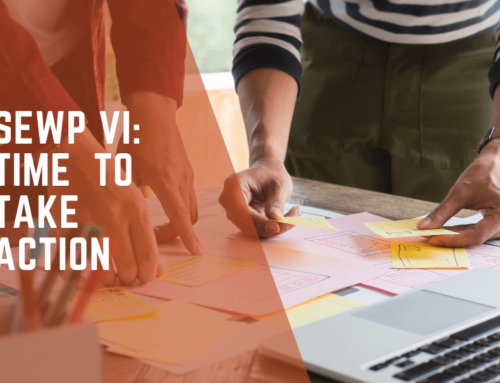GSA started the Alliant 3 ball rolling with the release of the draft RFP in mid-October of last year. This is another of the large Government-Wide Acquisition Contracts (GWAC) that have been released in the last 12 months and is following a similar methodology to the Polaris and OASIS+ acquisitions with the use of a self-scoring worksheet. The halting of the Polaris acquisition during its evaluation phase from a decision of the Court for Federal Claims (CoFC) has thrown a few things into question regarding Polaris and OASIS+. And it may have a significant impact on the Alliant 3 effort as well. Only time will tell.
Alliant 3 Provides Broad-Based IT Services
Having said that, Alliant 3 is another massive contract to provide broad-based IT services across the Government to locations around the world. With no discernible or announced ceiling, it has huge potential for winning contractors with a potential period of performance of up to 10 years (one 5-year base and one 5-year option). IT solution services within scope include new, leading edge, and emerging technologies—as supported by the Federal Enterprise Architecture (FEA), Department of Defense Information Enterprise Architecture (DoD IEA) Reference Models, and other associated reference models.
Proposal Structure for Alliant 3
The GSA has announced that up to 60 contracts will be awarded regardless of business size, so long as small businesses can meet the self-scoring requirements. A total of 97,500 points are available with the late addition of 3,500 points for sustainability-oriented requirements.
The Alliant 3 response requires six volumes, including the following:
- Volume 1 – General — This volume is administrative in nature (i.e., SF33/SF30, Small Business Subcontracting Plan for other than small businesses, the self-scoring worksheet, regulatory requirements, meaningful relationship documentation, CTA/JV documentation etc.).
- Volume 2 – Relevant Experience — This volume may well cause some consternation as bidders struggle to reach the thresholds required for higher point totals. Up to seven Relevant Experience Projects are allowed for Alliant 3. But you must also include “original” contract documentation along with SOWs/PWSs and FPDS-NG reports, plus your narrative description as to how the project supports the contract requirements. The most stringent requirement is that each project must meet a minimum value of $7,500,000 of total obligated dollars to be considered. This will make it tough on small businesses. There also are a number of categories that will garner credit for emerging technologies such as cloud computing, cryptography, quantum computing, etc.
- Volume 3 – Past Performance — This is where bidders have the opportunity to shine in their past performance citations supporting the Relevant Experience projects. This is unlimited in page count and will give you the opportunity to delve deep into the projects you have identified. Best to have one or more very senior technical writers involved in this effort.
- Volume 4 – Systems, Certifications, and Clearances — This volume consists of binary evidence – either you have the certifications, or you don’t. Just be prepared to show proof.
- Volume 5 – Responsibility — This will involve filling out GSA Form 527 with various pieces of financial data.
- Volume 6 – Organizational Risk Assessment — This will entail certifying that your organization and any JV partners, CTA members, or subcontractors have engaged in similar work prior to this effort.
Additional Content and Timeline
As shown above, and as with Polaris, a good amount of your response will be evidence-driven. But there will be some content development needed for things such as your Professional Employee Compensation Plan, Uncompensated Overtime Policy, and Relevant Experience citations.
Unlimited Past Performance write-ups for each Relevant Experience citation could also prove to be a daunting task for those projects that have broad-based statements of work.
Your proposal teams will have two formidable tasks to answer the mail on this one. The first is gathering all the required documentation to support your claimed points. And the second is providing sufficient detail in your past performance citations to show the depth and breadth of your experience. Experienced senior technical writers can provide signification support for the latter.
The current timeline for Alliant 3 is for RFP release, GovWin says 11/2023.
However, it’s never too early to start the data-gathering process and to identify those individuals (third-party or organic) who can make your bid a winner.
OCI has proposal consultants with previous experience in the ALLIANT program. If you’d like to learn more, reach out below.







Leave A Comment